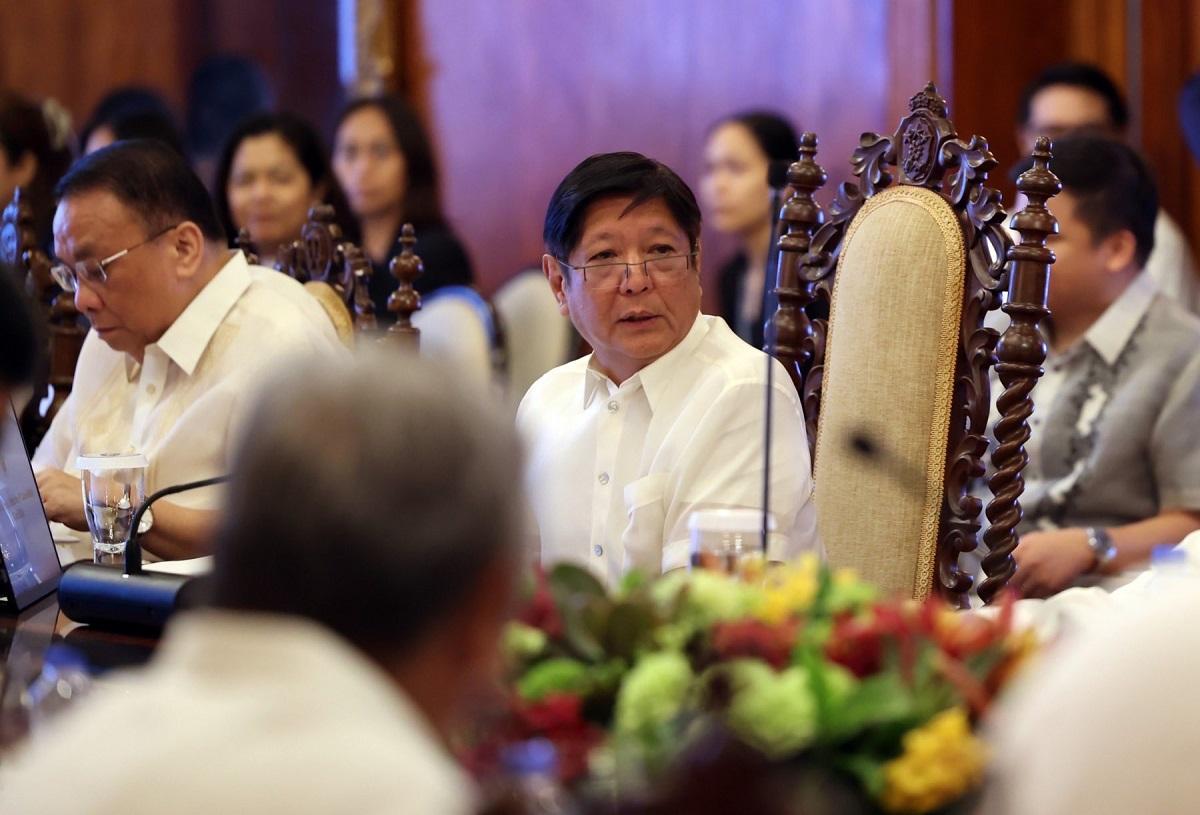Marcos OKs proposed P6.352-T national budget for 2025

President Ferdinand “Bongbong” Marcos Jr. has approved the proposed P6.352-trillion National Expenditure Program (NEP) for 2025, the Presidential Communications Office (PCO) said Tuesday.
In a statement, the PCO said this would support the key pillars of the administration’s Philippine Development Plan 2023-2028.
“You see a really good thing,” Marcos said in a Cabinet meeting in Malacañang where Budget Secretary Amenah Pangandaman presented the proposed national budget for 2025.
“Since I’ve seen it before on the macro level, I think the priorities in terms of our proposed appropriations, upon addressing it, weighted our priorities properly in terms of appropriations,” he added.
Under the proposed NEP, the agencies getting the biggest share of the government appropriations include education (Department of Education, state universities and colleges, Commission on Higher Education, and Technical Education and Skills Authority), public works (Department of Public Works and Highways), health (PhilHealth), interior and local government (Department of the Interior and Local Government), and defense (Department of National Defense).
The other government top priorities are social welfare, (Department of Social Welfare and Development), agriculture (Department of Agriculture) and attached corporations; Department of Agrarian Reform, Department of Transportation, and the judiciary.
According to the Department of Budget and Management, the administration's ultimate goal is to achieve social and economic transformation while positioning the Philippines as a prosperous, inclusive, and resilient society.
''These strategic directives are underpinned by the Bagong Pilipinas governance and leadership, guiding the nation towards a transformative future,'' the DBM said.
In the education sector, the proposed budget aims to make the MATATAG curriculum relevant to produce competent, job-ready, active, and responsible citizens.
The budget priorities also include accelerating the Universal Health Care Act.
When it comes to expense class, getting the largest chunk are maintenance and other operating expenses followed by personnel services, capital outlays, and financial expenses.
The PCO disclosed that among the factors considered by the government in evaluating the fiscal year 2025 budget proposals were availability of fiscal space, implementation and readiness of Program/Activity/Projects (PAPs), agency’s absorptive capacity, alignment with Budget Priorities Framework and PDP 2023-2028.
Further, the Public Investment Program (PIP), Three-Year Infrastructure Program (TRIP), Information Systems Strategic Plan (ISSP), and Program Convergence were also key factors.—KBK/ VAL, GMA Integrated News




